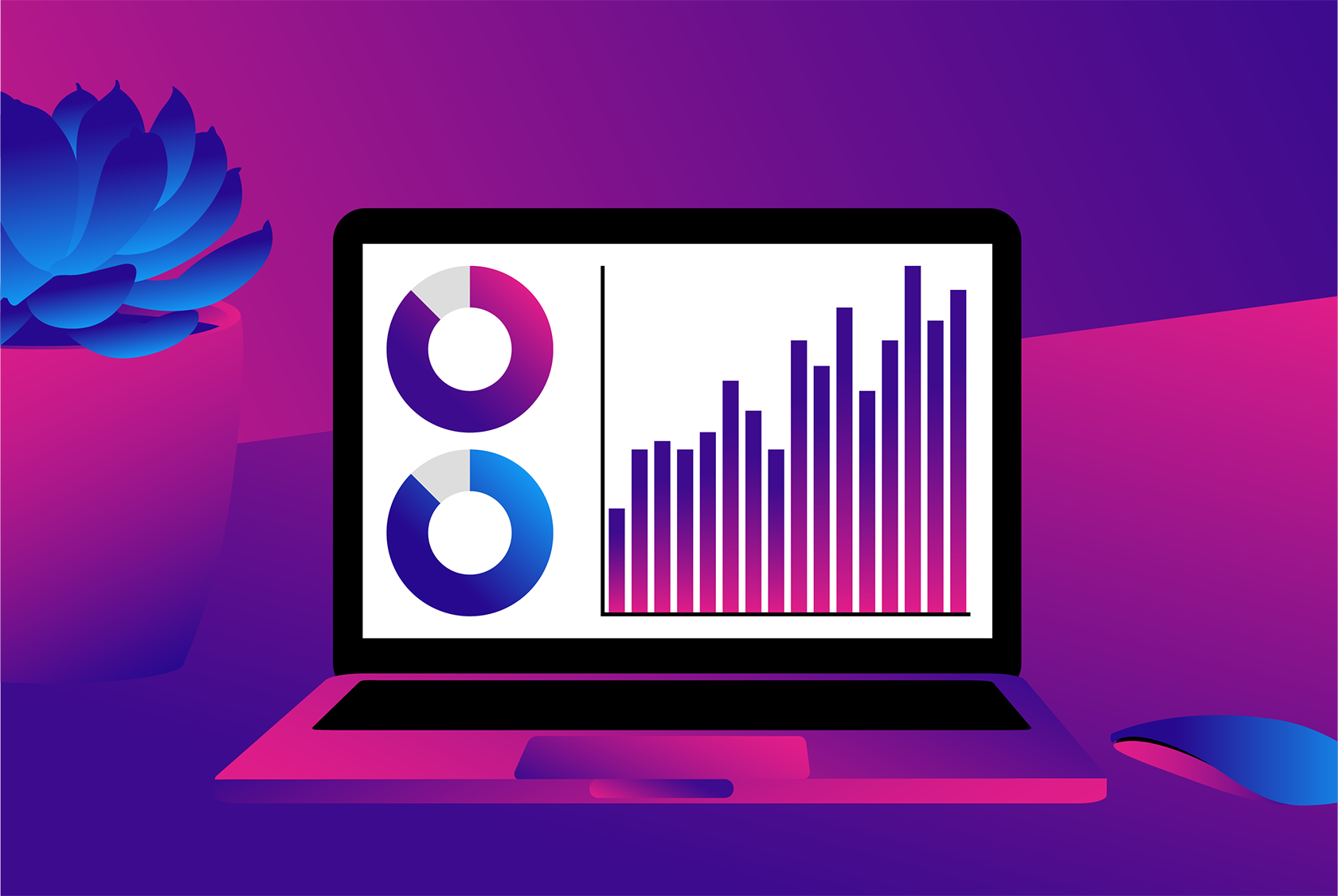Volume 2023 | Issue 01
Download this FYI as a printable PDF
The DWP reviews the level of the earnings trigger and the qualifying earnings band (QEB) for automatic enrolment every year to ensure the thresholds are appropriate.
The levels being proposed are unchanged from 2022/23.
Background
The earnings trigger
This is the level of earnings from which jobholders are automatically enrolled into a workplace pension scheme. It is currently set at £10,000 (and is unchanged since the 2014/15 tax year).
The QEB
Employers are obliged to automatically enrol jobholders meeting age criteria and the earnings trigger and pay at least a minimum level of contributions based upon a band of qualifying earnings. For many years, the QEB was aligned with the lower earnings limit (LEL) and upper earnings limit (UEL) for National Insurance contributions (NIC) purposes.
What has the government decided?
The earnings trigger
The DWP states that retaining the £10,000 threshold in 2023/24 “represents a real terms decrease in the value of the trigger”. This is exactly the same conclusion that was reached in February 2022. The view is that “as earnings continue to grow, keeping the earnings trigger at £10,000 will maintain current private pension participation at 15.3 million in total”.
The government then repeats the message of previous reviews by saying that the decision reflects “the key balance that needs to be struck between affordability for employers and individuals and the policy objective of giving those who are most able to save the opportunity to accrue a meaningful level of retirement savings”. Additionally, it reflects “the need for stability in the light of the current prevailing economic circumstances” and provides “consistency of messaging for both employers and jobholders”.
The qualifying earnings band (lower limit)
Workplace pension saving is one of the building blocks for retirement income. As in previous reviews, the DWP confirms that automatic enrolment with an employer contribution “is intended to build on the foundation of State Pension entitlement”. The lower limit of the QEB drives the minimum amount that people have to save and minimum employer contributions.
The decision to freeze the lower limit in 2023/24 at £6,240, which last year cut the link with the LEL for NICs, “supports the principle of ensuring that everyone who is automatically enrolled would continue to pay contributions on a meaningful proportion of their income”. The DWP states that keeping the lower limit at this level would mean that “pension savings will be broadly maintained – and slightly increased – compared to 2022/23”.
While the 2017 review of automatic enrolment proposed the removal of the lower limit altogether, with the ambition to make this change in the mid-2020s, the DWP states that maintaining the lower limit (at the same level) ensures the policy “does not move further away from the proposal to abolish the [lower limit]”.
The qualifying earnings band (upper limit)
The upper limit of the QEB caps mandatory employer contributions. As in previous reviews, the DWP repeats the message that it distinguishes “the automatic enrolment target group of low to moderate earners from earners in a higher tax band … [who] might reasonably be expected to have access to a pension scheme that offers more than the minimum and are more likely to make personal arrangements for additional saving”.
For 2023/24, the DWP has retained the link between the UEL for NICs and the upper limit of the QEB and, as outlined in the 2022 Autumn Statement, the UEL (and, therefore, the upper limit of the QEB) has been frozen at the existing level of £50,270 which was first set in 2021/22.
Comment
The lack of change in the thresholds may be welcomed (in terms of stability and consistency of messaging). However, we still await details of how and when the long-awaited changes proposed in the DWP’s review in 2017 will come into force.
